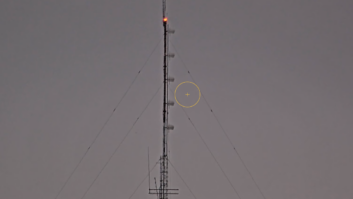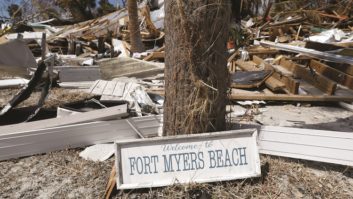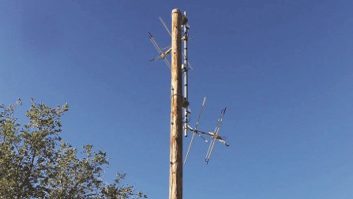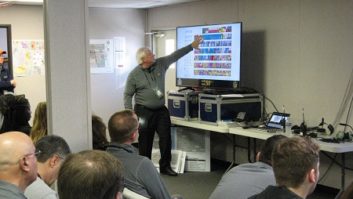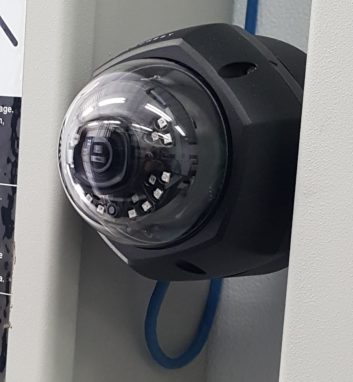
Ernie Nearman is a veteran broadcast engineer who has been practicing in Honolulu for decades. Like any contract engineer, Ernie sometimes has to be in two places at once, and believe it or not, he’s figured a way to do just that.
Ernie uses strategically-placed IP cameras at his sites to give him “remote” eyes to see what’s going on. He acknowledges that these IP cameras are not cheap, but if you buy the style that provides pan, tilt and zoom features, the camera does a pretty good job of letting you know what’s going on before you arrive at the site.
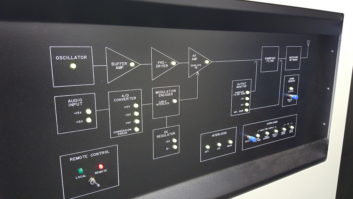
At one site, the camera is mounted on conduit so it normally faces the door (Fig. 1). Anyone entering the site can be identified. However, with the built-in mechanical adjustments, Ernie can remotely turn the camera to view the faults on a transmitter, as seen in Fig. 2 or point the camera in another direction to check the room temperature and Nitrogen pressure gauges (Fig. 3).
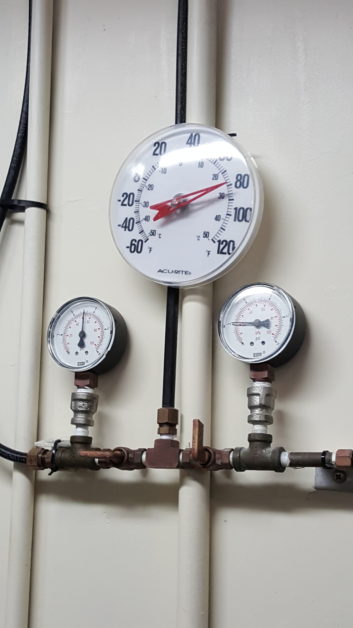
After a storm, wouldn’t it be nice to know the surge suppressor took a hit before arriving at the transmitter site? Fig. 4 shows that information. These little snapshots may not seem important, but when you are handling a number of contract clients, IP cameras can help you perform triage.
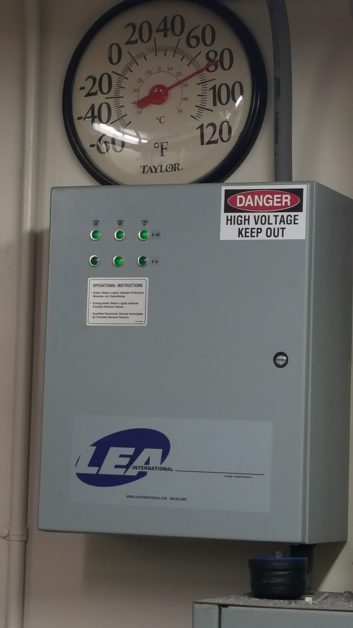
If, for example, a station goes down and you see that the fault can be corrected remotely, your time can be spent on bigger issues. Ernie says this benefit is especially appreciated when a storm rolls through, taking several of his contract clients off the air at the same time. These IP cameras permit engineers to work smarter and more efficiently.
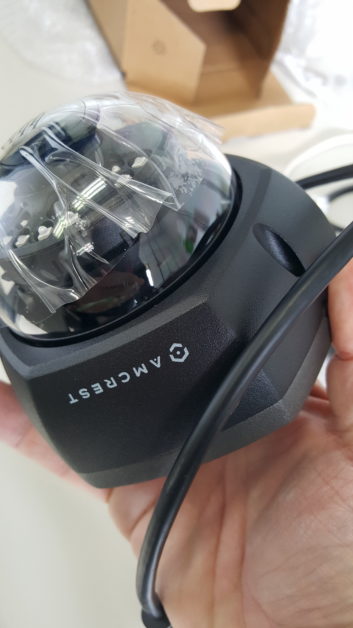
Ernie chose the Amcrest IP Camera, Model IP4M, in Fig. 5. It’s not the cheapest but its features include Ultra-HD resolution, remote viewing, two-way audio and night vision. It uses power over the Ethernet.
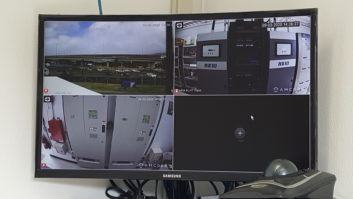
Yes, you can find less expensive versions, but buying cheap junk probably won’t give you the features you need. Consider this a diagnostic tool, so don’t fall for the $20 wonders — you’ll be disappointed.
You can find out more by Googling “Amcrest IP cameras” or searching for them on Amazon.
***
Have you signed up for the SBE Member Plus membership tier? When you do, you’ll have access to all of the SBE webinars. These broadcasting webinars provide online training in a variety of broadcast engineering topics. Head to www.sbe.org for more information.
***
April 1 is here. With that in mind, Newman-Kees’ Frank Hertel sent in some tips for using the latest release of Sonus Precarious Audio Software.
He writes that many engineers have yet to experience Sonus Precarious and its quirks. As an experienced user, Frank thought it would be useful to share some of the things that you need to be aware of when considering Sonus Precarious.
- If you download the free version, after three months, you will be required to purchase and install a dedicated Sonus Precarious hard drive to save your work.
- When deleting elements of your work, all mouse buttons and the scroll wheel must be used in reverse order. They provide this as an extra safety feature for jocks, to keep them from accidentally deleting elements of their work.
- All work is saved in the new Sonus Precarious file format. To distribute your recorded work to others, you must attach a document that has a ciphered phrase. That ciphered phrase must be decoded and entered to unlock the recording for playback.
- Sonus Precarious offers a user-selectable series of new bitrates, to enhance the sound of the recorded work. This gives you the sound quality that relates to the year of audio quality development. For example: one of the bitrates is called “64÷8,” and it actually enhances recordings to sound like 1941.
- Be aware that the manual is written in 64-point “Baked Alaska Script” font. They did this because, they explain, “It’s pretty!”
Have a great April 1.
John Bisset has spent over 50 years in the broadcasting industry and is still learning. He handles western U.S. radio sales for the Telos Alliance. He holds CPBE certification with the Society of Broadcast Engineers and is a past recipient of the SBE’s Educator of the Year Award.
